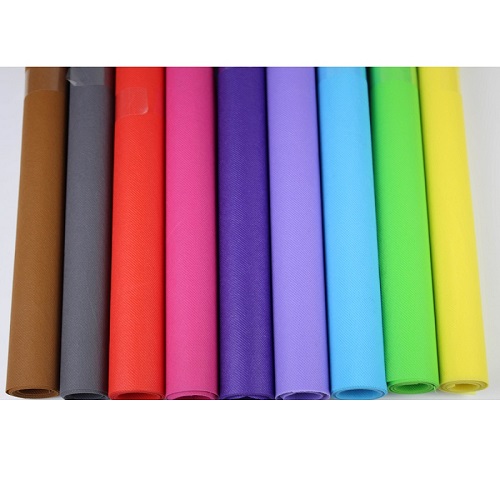Spunbond non-woven fabric are classified based on fiber material, fiber diameter, basis weight, and bonding method.
Fiber material
The main fiber materials are polypropylene, polyethylene and polyester.
Fiber diameter
Fiber diameter typically ranges from 1 to 6 denier. finer fibers (1-3 dpf) produce softer hand while coarser fibers (4-6 dpf) produce stronger fabrics.

Fiber weight
Basis weight ranges from 10 to 100 grams per square meter (gsm). Heavier fabrics are stronger and longer lasting while lighter fabrics are more delicate.
Bonding method
Bonding methods include thermal bonding, ultrasonic bonding, latex bonding and resin bonding. Thermal bonding is the most common and produces patterns of bonded areas.
Spunbond fabrics are also classified as microdenier (<3 dpf), fine denier (3-5 dpf) or standard denier (5-6 dpf) based on fiber diameter. Microdenier fabrics are the softest and finest.
Additional properties like fiber crimp, fiber thickness, and bonding pattern can also affect fabric characteristics like handle, drape, strength, etc. More crimped, thicker fibers with a tight bonding pattern tend to be stronger.
Common applications include geotextiles, filtration media, medical fabrics, wipes, packaging, etc. The appropriate classification is chosen based on the required properties for a specific end use.
Newer fabrics include bicomponent fibers, barrier fabrics, flame retardant fabrics, UV resistant fabrics, etc. produced using specialized fiber materials and additional processing.